Learn how to efficiently manage and share your Miro boards by exporting them to PDF. Whether you're preparing a presentation for a client or organizing your team's brainstorming session, this guide covers everything from exporting entire boards to specific frames. Read on to learn the steps and explore UPDF, a powerful PDF editor that enhances your document management experience.
Part 1. Can You Export Miro as a PDF?
Yes, you can export Miro boards as PDFs, making it easy to share your work with others. Miro allows users to export their boards by selecting the "Export" option and choosing the PDF format. This feature is useful for preserving the layout and content of your boards in a widely accessible format.
While Miro offers a convenient way to export boards as PDFs, you might need a more robust tool to manage and edit your PDFs. UPDF is an ideal PDF editor that not only allows you to edit and annotate your PDFs but also convert them into mind maps or summarize their content using advanced AI capabilities. This makes UPDF an excellent companion for anyone looking to enhance their productivity and streamline their workflow.
Explore UPDF today to see how it can transform the way you work with PDFs, providing you with a powerful set of tools to manage your documents effectively.
Windows • macOS • iOS • Android 100% secure
Part 2. How to Export Your Miro Board to a PDF?
Exporting your Miro board to a PDF is a straightforward process that allows you to share your work in a convenient and widely accepted format. Whether you need to export the entire board, specific frames, or the whole board as a single-page PDF, Miro provides various options to suit your needs. Here's how you can do it:
1.Steps to Export a Board as a PDF
- Create Frames: Ensure you have at least one frame on your board. Each frame should be a separate page in the PDF.
- Check Frame Order: Open the board overview in the bottom-left corner to see the order of your frames. To change the order of the pages in the PDF, drag the frames into the desired sequence.
- Open Export Menu: In the top-left corner of the board, click on the export menu.
- Select Save as PDF: Choose the "Save as PDF" option.
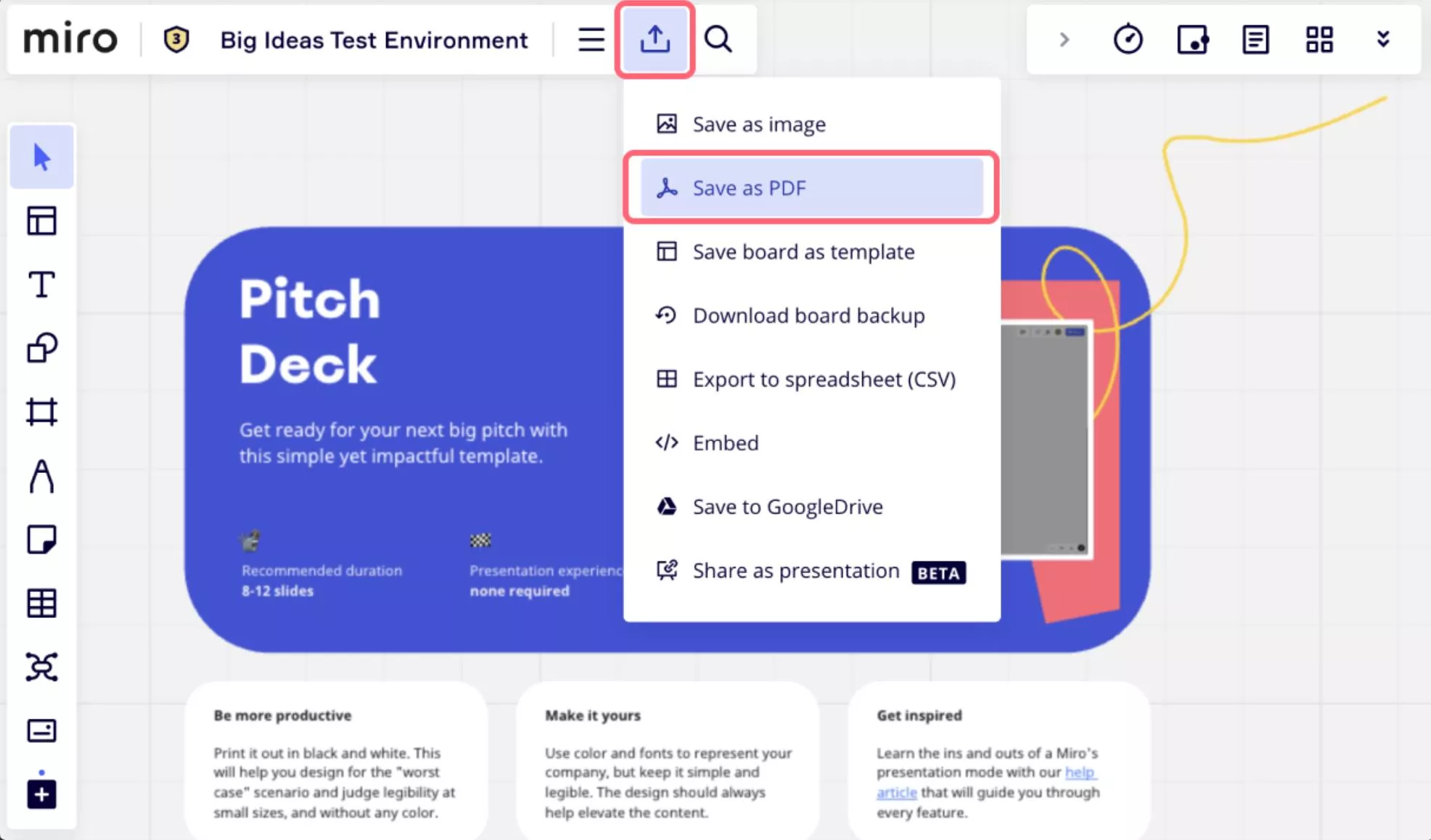
- Choose File Size: Select either "Small file size" or "Best quality" based on your needs.
- Click Export: Finalize the process by clicking "Export."
2.Exporting Specific Frames to a PDF
Sometimes, you might only need to export certain frames instead of the entire board. This can be useful for sharing specific sections of your work.
Steps to Export Certain Frames as a PDF:
- Select Frames: Hold the Shift key and select the frames you'd like to export. Alternatively, drag the selection field across the desired content, click "Filter" on the context menu, and select "Frames."
- Export Selected Frames: Click the three dots on the menu and choose "Export as PDF."
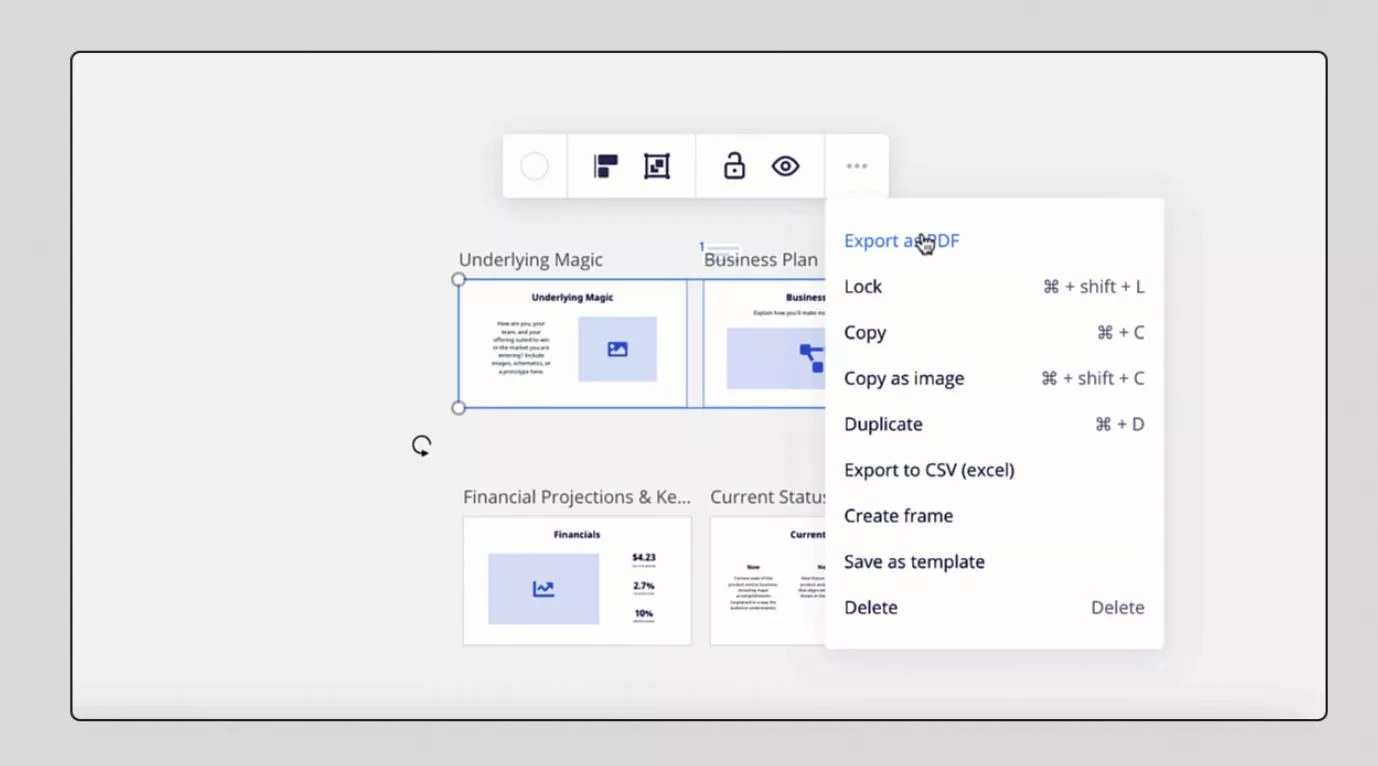
3.Exporting the Whole Board as a Single-Page PDF
In some scenarios, you may want to export the entire board as a single-page PDF. The steps vary depending on whether you have a paid/education plan or a free plan.
For Paid/Education Plan Users:
- Select All Objects: Use the shortcut Ctrl + A (Windows) or ⌘ + A (Mac) to select all objects on your board.
- Create a Frame: Click the three dots on the context menu to create a frame around the selected objects.
- Export Image as: Click the three dots on the frame's context menu and choose "Export image as."
- Select Vector Quality: Choose "Vector quality" and click "Export."
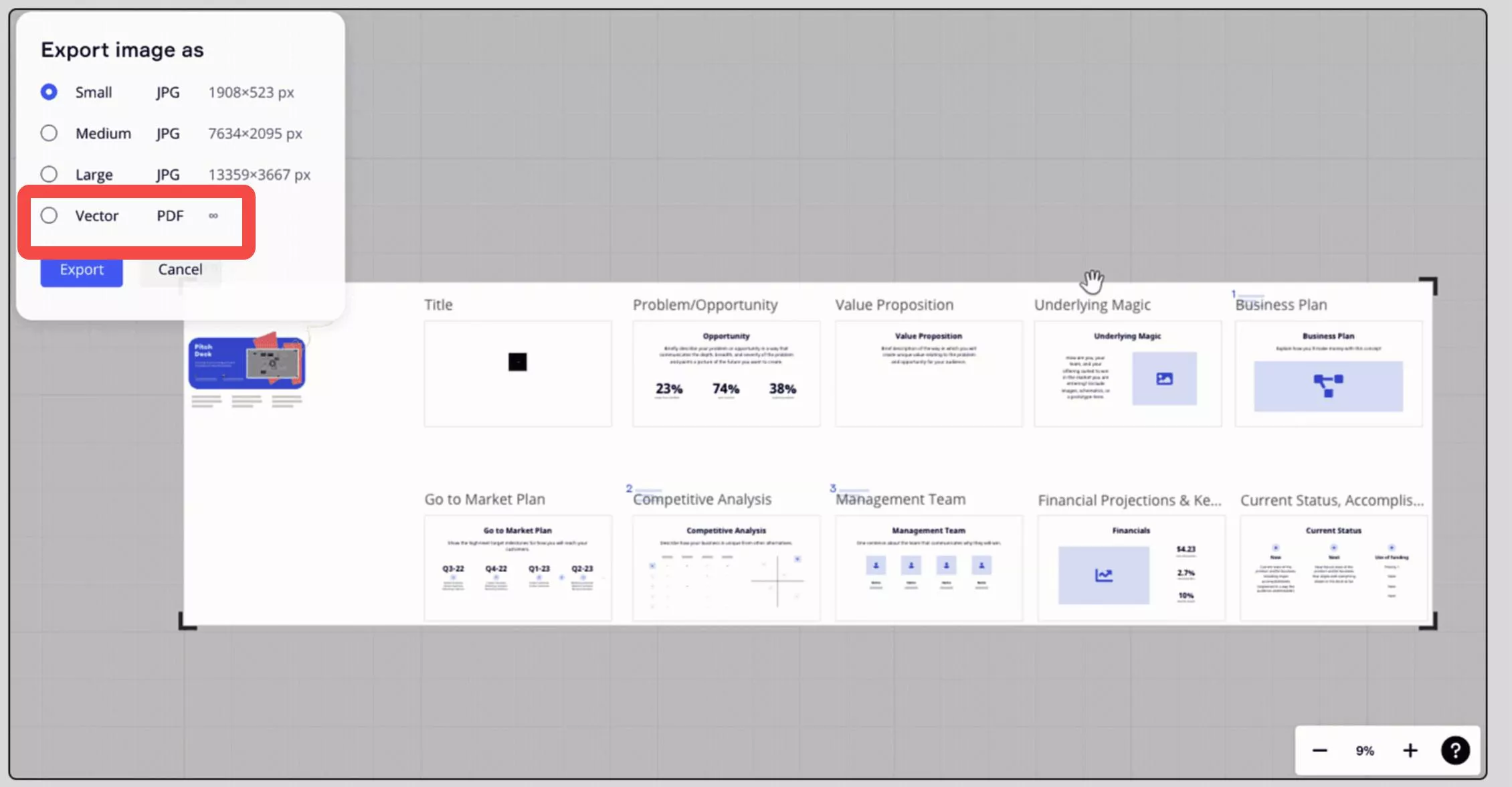
For Free Plan Users:
- Select All Objects: Use the shortcut Ctrl + A (Windows) or ⌘ + A (Mac) to select all objects on your board.
- Create a Frame: Click the three dots on the context menu to create a frame around the selected objects.
- Open Export Menu: In the top-left corner of the board, open the export menu and choose "Save as PDF."
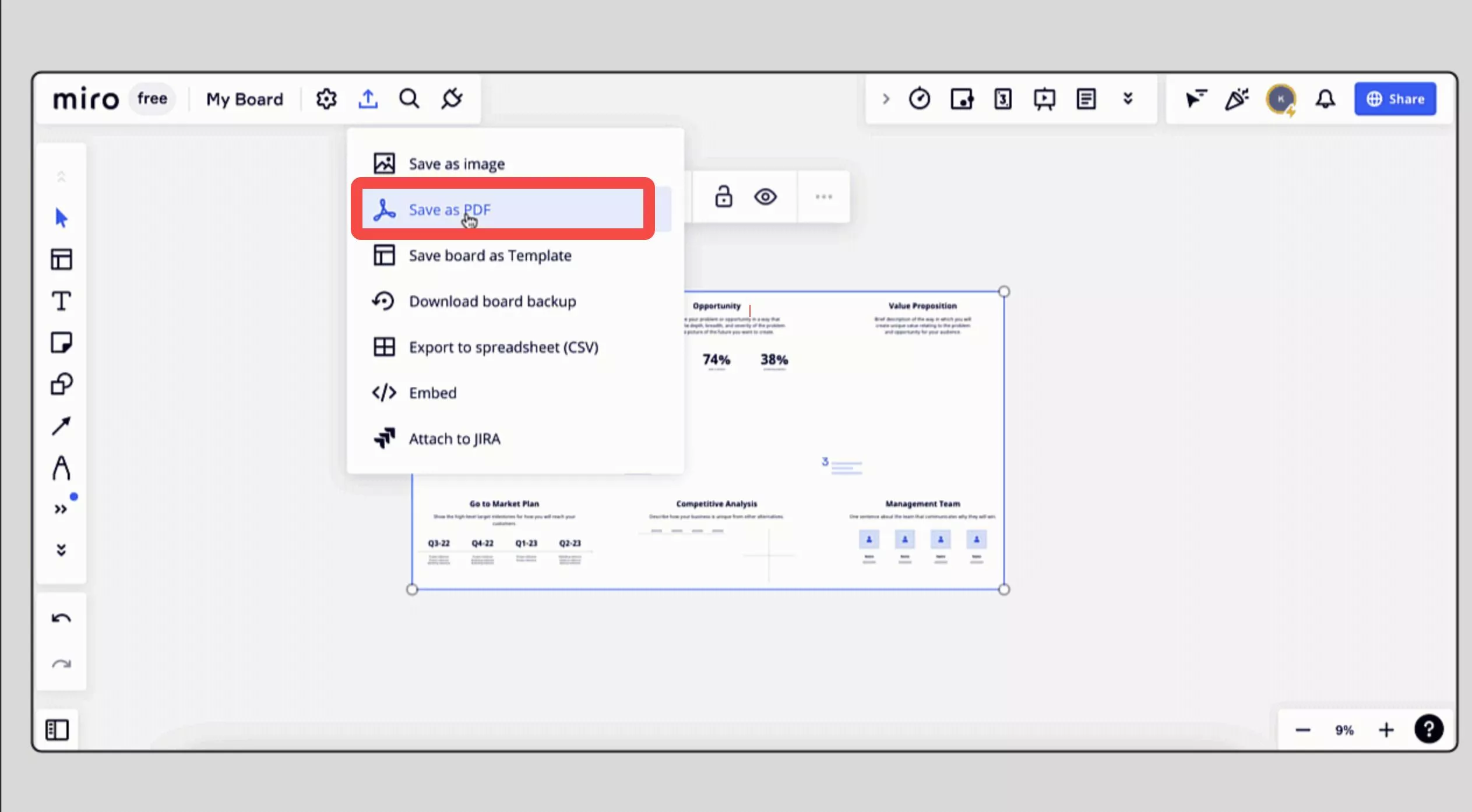
- Click Export: Finalize the export process.
Exporting your Miro board as a PDF ensures that your work is preserved in a format that is easy to share and view across various platforms. For further editing and conversion needs, consider using UPDF, a comprehensive PDF editor that can convert PDFs to mind maps or summarize the content, enhancing your productivity and workflow. Try UPDF today to take your document management to the next level.
Windows • macOS • iOS • Android 100% secure
Part 3. Bonus: Manage All Your PDF Needs with UPDF
When it comes to comprehensive PDF management, UPDF stands out with its robust features, particularly its innovative AI capabilities. UPDF goes beyond standard PDF tools by incorporating advanced functionalities that make document handling more efficient and effective.
- UPDF AI: One of the standout features of UPDF is its AI capabilities: chat with PDFs, chat with images, convert PDFs to mind maps, and chat on any topic.
- Convert PDFs: UPDF allows you to quickly and accurately convert PDF files to and from various formats such as Word and Excel, maintaining the original layout and format integrity.
- OCR PDF: The advanced OCR feature in UPDF can recognize text in scanned PDFs across 38 languages, making your documents editable and searchable.
- Edit PDF: UPDF makes it easy to edit text and images in your PDFs, similar to editing a Word document, offering a seamless editing experience.
- Organize PDF: Efficiently manage your PDF pages by extracting, splitting, rotating, reordering, or adding new pages.
- Compress PDFs: Reduce the file size of your PDFs without compromising quality, facilitating easier sharing and storage.
- View PDF: Improve your PDF readability with multiple viewing layouts, including single-page view, two-page view, scrolling, or two-page scrolling.
- Annotate PDFs: UPDF offers extensive annotation tools, including highlights, text boxes, attachments, and shapes, for an intuitive reading and editing experience.
- Fill and Sign: Design and add electronic signatures to your PDFs, streamlining document signing processes.
- UPDF Cloud: With cloud computing, you can view and edit your PDFs from any device, ensuring seamless access and collaboration.
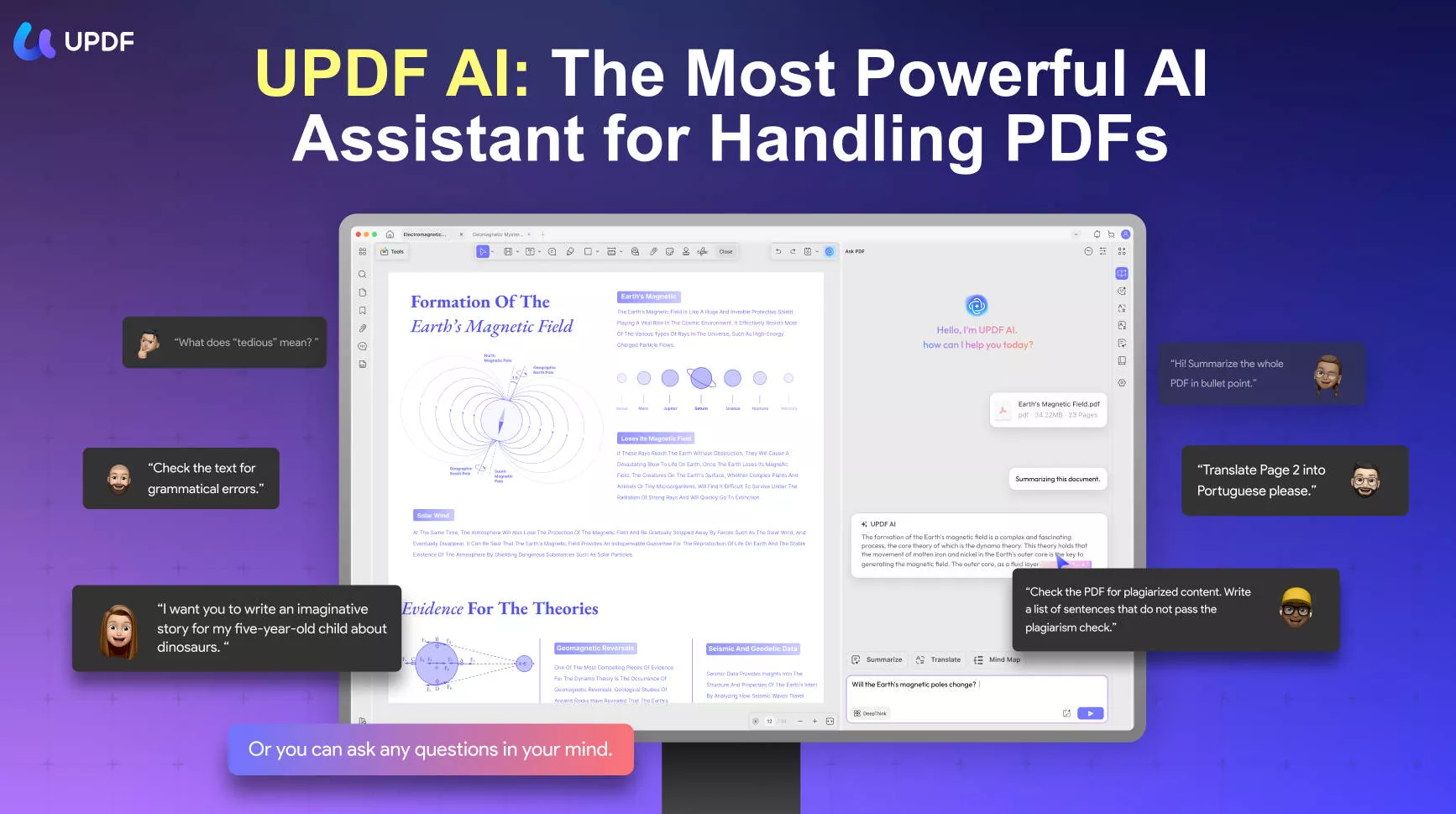
For a versatile and powerful solution to all your PDF needs, explore UPDF today and experience the difference it can make in your PDF document management and productivity.
Part 4. FAQs About Miro Export to PDF
Q1. Can I edit a PDF in Miro?
Miro does not support direct PDF editing. You can import a PDF into Miro as an image or document, but for editing text or other content, you'll need a dedicated PDF editor like UPDF. UPDF allows comprehensive editing of text, images, and annotations in PDFs.
Q2. How do I convert a PDF to Miro?
To convert a PDF to Miro, you can import the PDF into Miro as an image or individual pages. Simply drag and drop the PDF document onto your Miro board, or use the "Upload" feature. For better management, consider converting the PDF into images using UPDF before importing.
Q3. Is Miro better than Visio?
Miro and Visio serve different purposes. Miro excels in collaborative, real-time brainstorming and visualization, making it ideal for remote teams. Visio, on the other hand, is more focused on detailed diagramming and technical drawings. The choice depends on your needs and workflow preferences.
Conclusion
Exporting Miro boards to PDF is straightforward, but for advanced PDF management, UPDF offers superior features. With UPDF, you can edit, annotate, and convert PDFs seamlessly. Enhance your productivity by switching to UPDF today and experience the difference in your document workflow.
Windows • macOS • iOS • Android 100% secure
 UPDF
UPDF
 UPDF for Windows
UPDF for Windows UPDF for Mac
UPDF for Mac UPDF for iPhone/iPad
UPDF for iPhone/iPad UPDF for Android
UPDF for Android UPDF AI Online
UPDF AI Online UPDF Sign
UPDF Sign Edit PDF
Edit PDF Annotate PDF
Annotate PDF Create PDF
Create PDF PDF Form
PDF Form Edit links
Edit links Convert PDF
Convert PDF OCR
OCR PDF to Word
PDF to Word PDF to Image
PDF to Image PDF to Excel
PDF to Excel Organize PDF
Organize PDF Merge PDF
Merge PDF Split PDF
Split PDF Crop PDF
Crop PDF Rotate PDF
Rotate PDF Protect PDF
Protect PDF Sign PDF
Sign PDF Redact PDF
Redact PDF Sanitize PDF
Sanitize PDF Remove Security
Remove Security Read PDF
Read PDF UPDF Cloud
UPDF Cloud Compress PDF
Compress PDF Print PDF
Print PDF Batch Process
Batch Process About UPDF AI
About UPDF AI UPDF AI Solutions
UPDF AI Solutions AI User Guide
AI User Guide FAQ about UPDF AI
FAQ about UPDF AI Summarize PDF
Summarize PDF Translate PDF
Translate PDF Chat with PDF
Chat with PDF Chat with AI
Chat with AI Chat with image
Chat with image PDF to Mind Map
PDF to Mind Map Explain PDF
Explain PDF Scholar Research
Scholar Research Paper Search
Paper Search AI Proofreader
AI Proofreader AI Writer
AI Writer AI Homework Helper
AI Homework Helper AI Quiz Generator
AI Quiz Generator AI Math Solver
AI Math Solver PDF to Word
PDF to Word PDF to Excel
PDF to Excel PDF to PowerPoint
PDF to PowerPoint User Guide
User Guide UPDF Tricks
UPDF Tricks FAQs
FAQs UPDF Reviews
UPDF Reviews Download Center
Download Center Blog
Blog Newsroom
Newsroom Tech Spec
Tech Spec Updates
Updates UPDF vs. Adobe Acrobat
UPDF vs. Adobe Acrobat UPDF vs. Foxit
UPDF vs. Foxit UPDF vs. PDF Expert
UPDF vs. PDF Expert


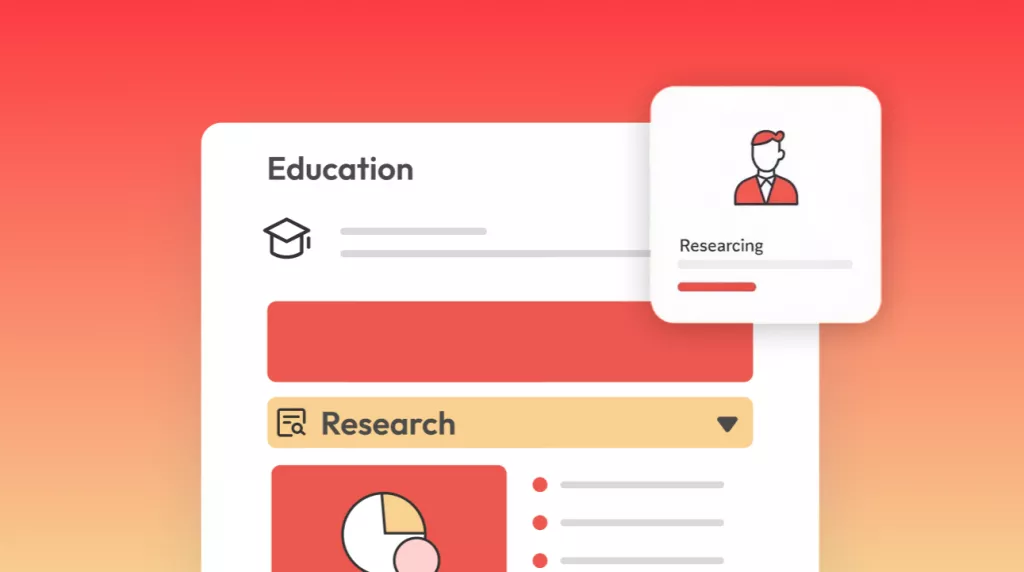
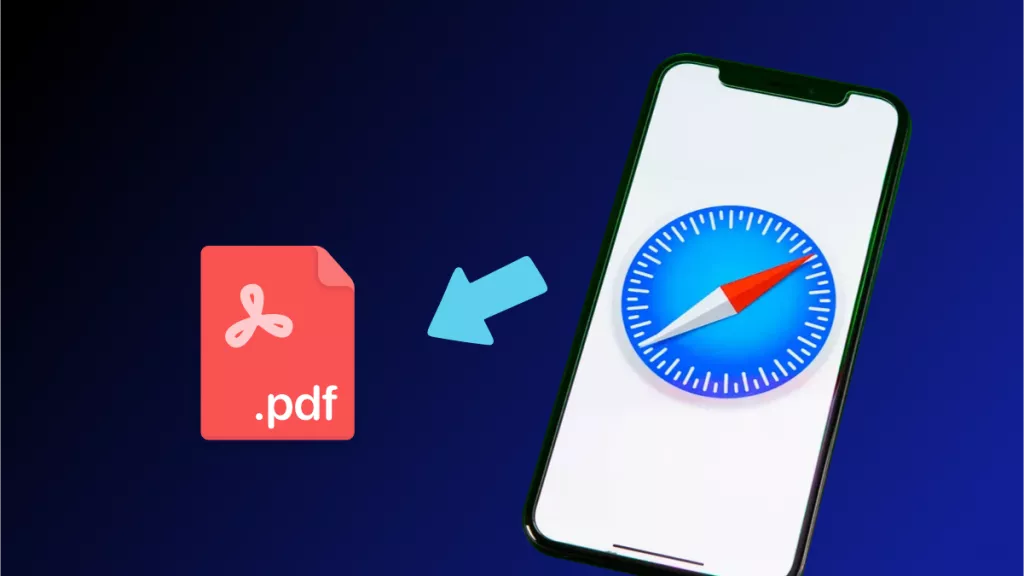




 Lizzy Lozano
Lizzy Lozano 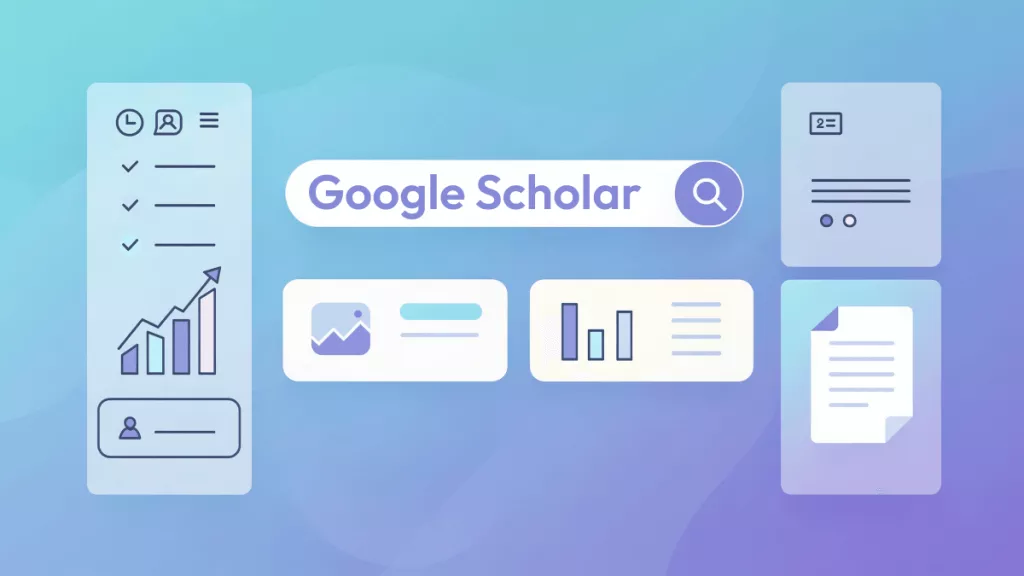
 Enid Brown
Enid Brown 
 Enya Moore
Enya Moore 
 Enrica Taylor
Enrica Taylor 